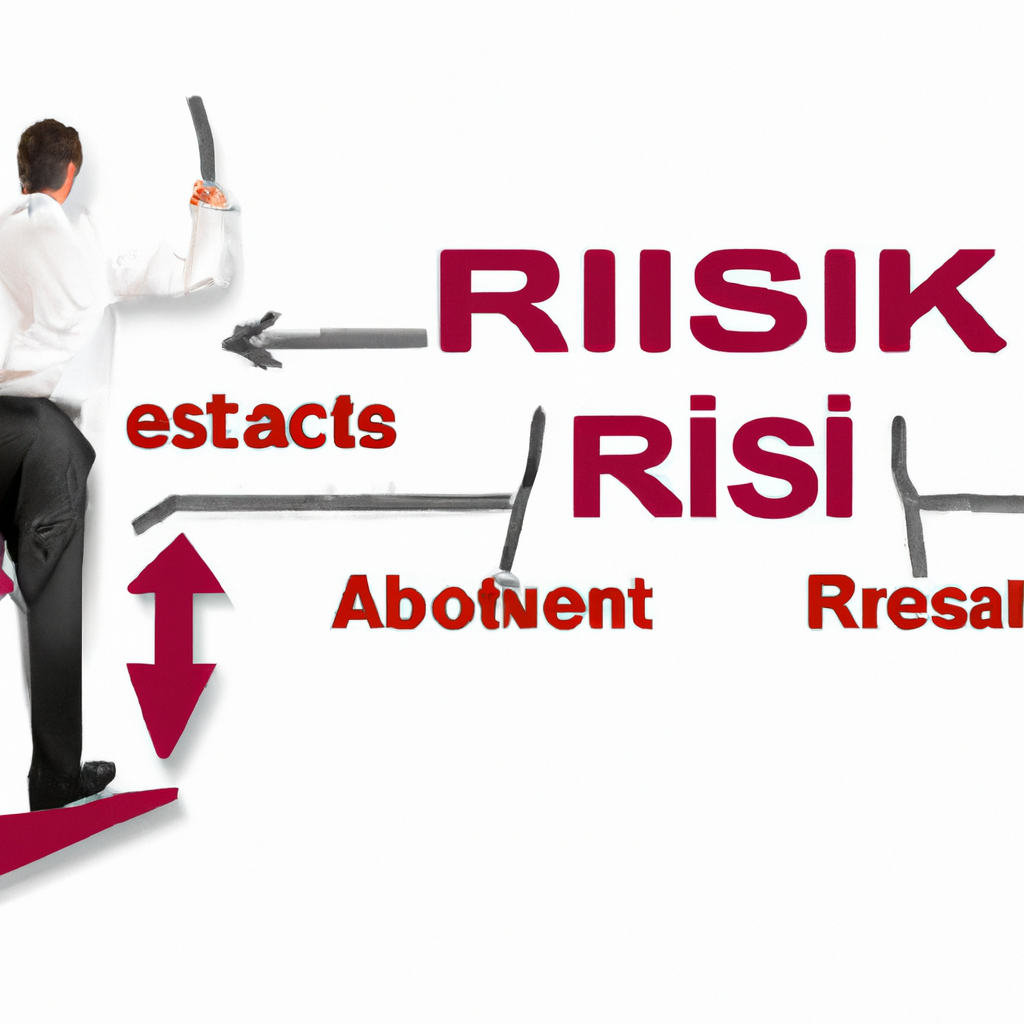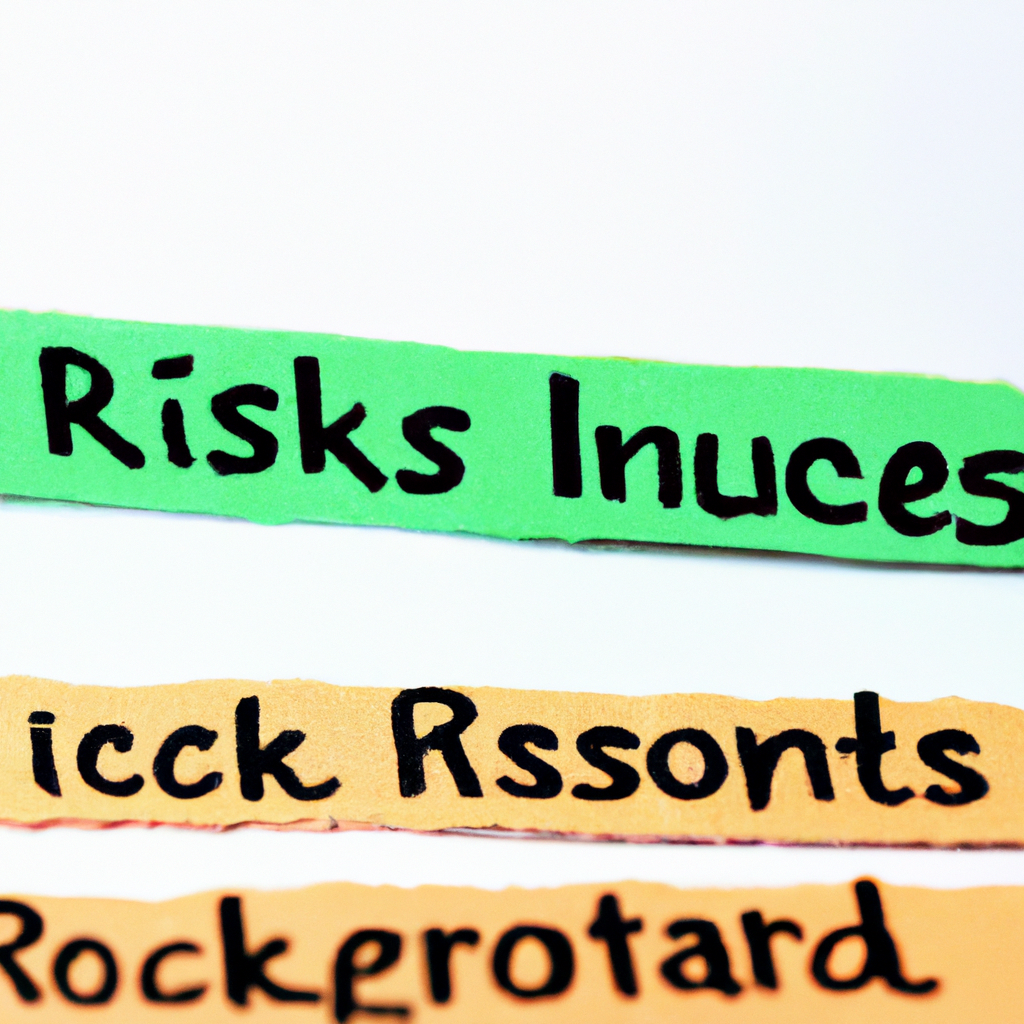How to Build an Investment Portfolio from Scratch
Introduction
Building an investment portfolio from scratch can seem like a daunting task, but with the right knowledge and strategy, it can be a rewarding endeavor. In this article, we will discuss the steps to help you build a successful investment portfolio.
Step 1: Set Your Investment Goals
Before you start investing, it’s important to define your investment goals. Are you investing for retirement, a major purchase, or simply to grow your wealth? Knowing your goals will help you determine your investment strategy and risk tolerance.
Step 2: Determine Your Risk Tolerance
Understanding your risk tolerance is crucial in building an investment portfolio. Some investments come with higher risk but also the potential for higher returns, while others are more conservative but offer lower returns. Assessing your risk tolerance will help you choose the right mix of investments for your portfolio.
Step 3: Choose Your Asset Allocation
Asset allocation is the mix of different types of investments in your portfolio, such as stocks, bonds, and cash. The right asset allocation will depend on your investment goals, risk tolerance, and time horizon. Diversifying your investments across different asset classes can help reduce risk and improve returns.
Step 4: Select Your Investments
Once you have determined your asset allocation, it’s time to select specific investments. You can choose individual stocks, bonds, mutual funds, exchange-traded funds (ETFs), or other investment vehicles. Research each investment option carefully and consider factors such as performance, fees, and management team.
Step 5: Monitor and Rebalance Your Portfolio
Building an investment portfolio is not a one-time task. It’s important to regularly monitor your investments and rebalance your portfolio as needed. Rebalancing involves adjusting your asset allocation to maintain your desired risk level and investment goals.
Conclusion
Building an investment portfolio from scratch requires careful planning and ongoing management. By setting clear investment goals, determining your risk tolerance, choosing the right asset allocation, selecting investments wisely, and monitoring your portfolio, you can create a successful investment portfolio that helps you achieve your financial goals.


